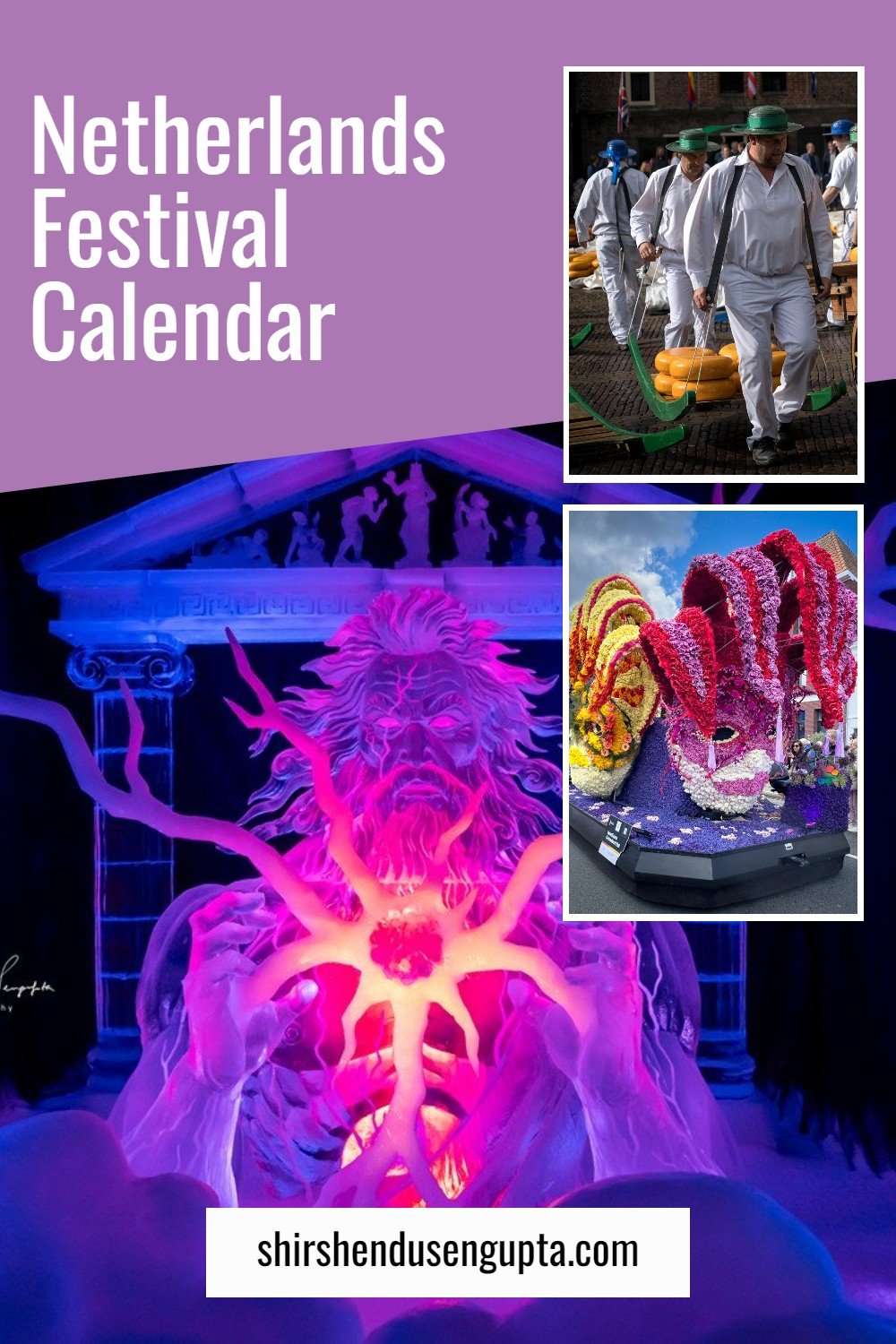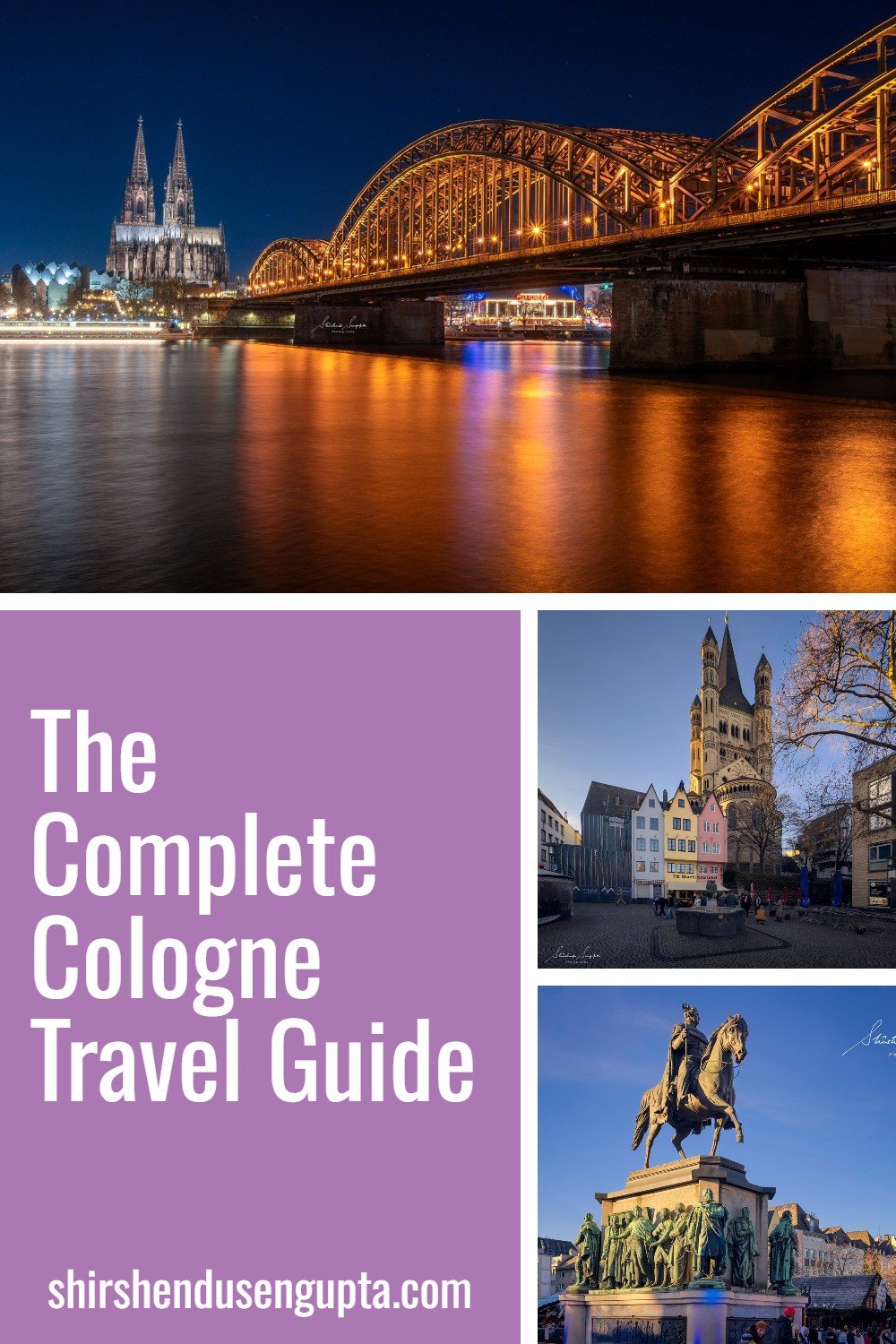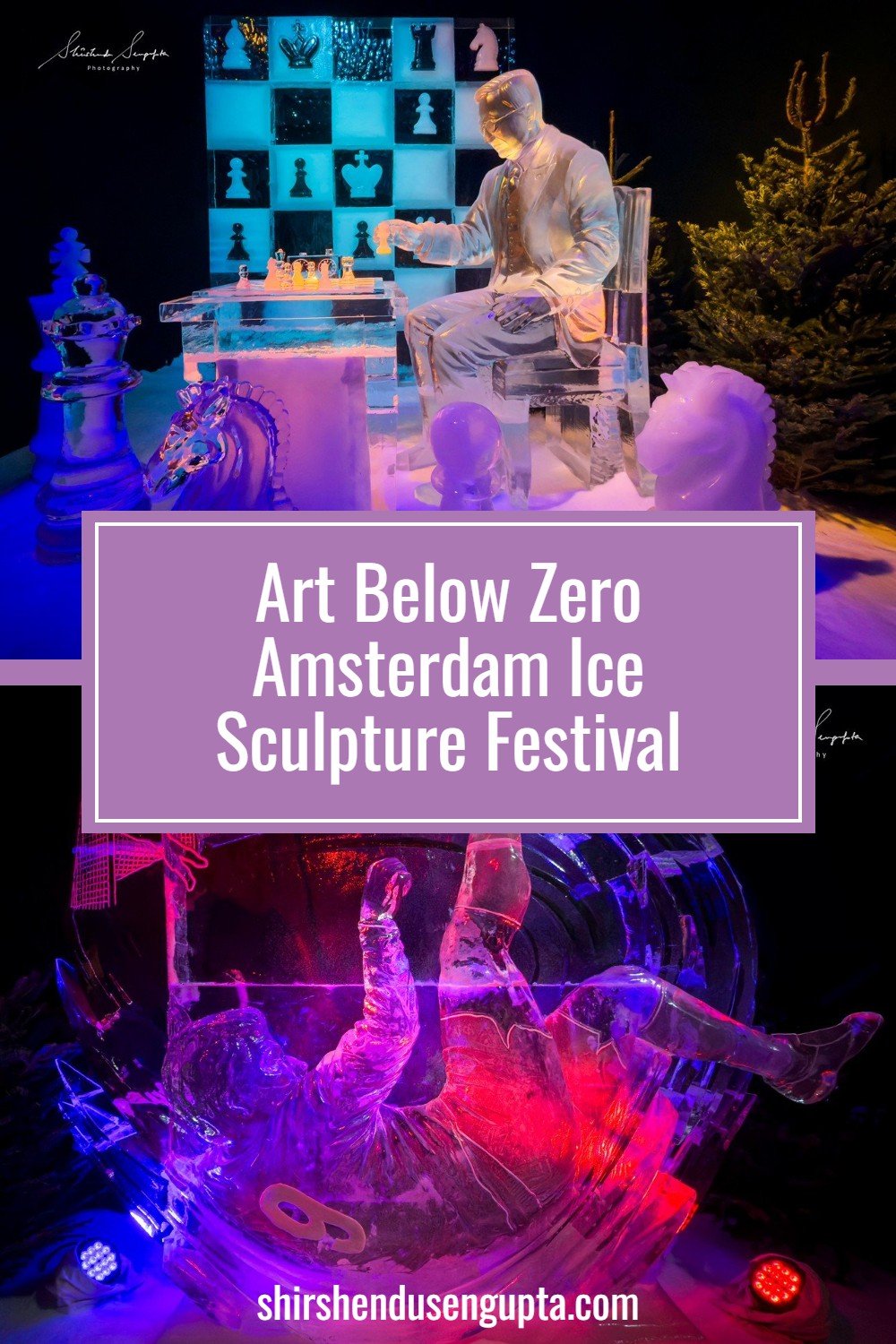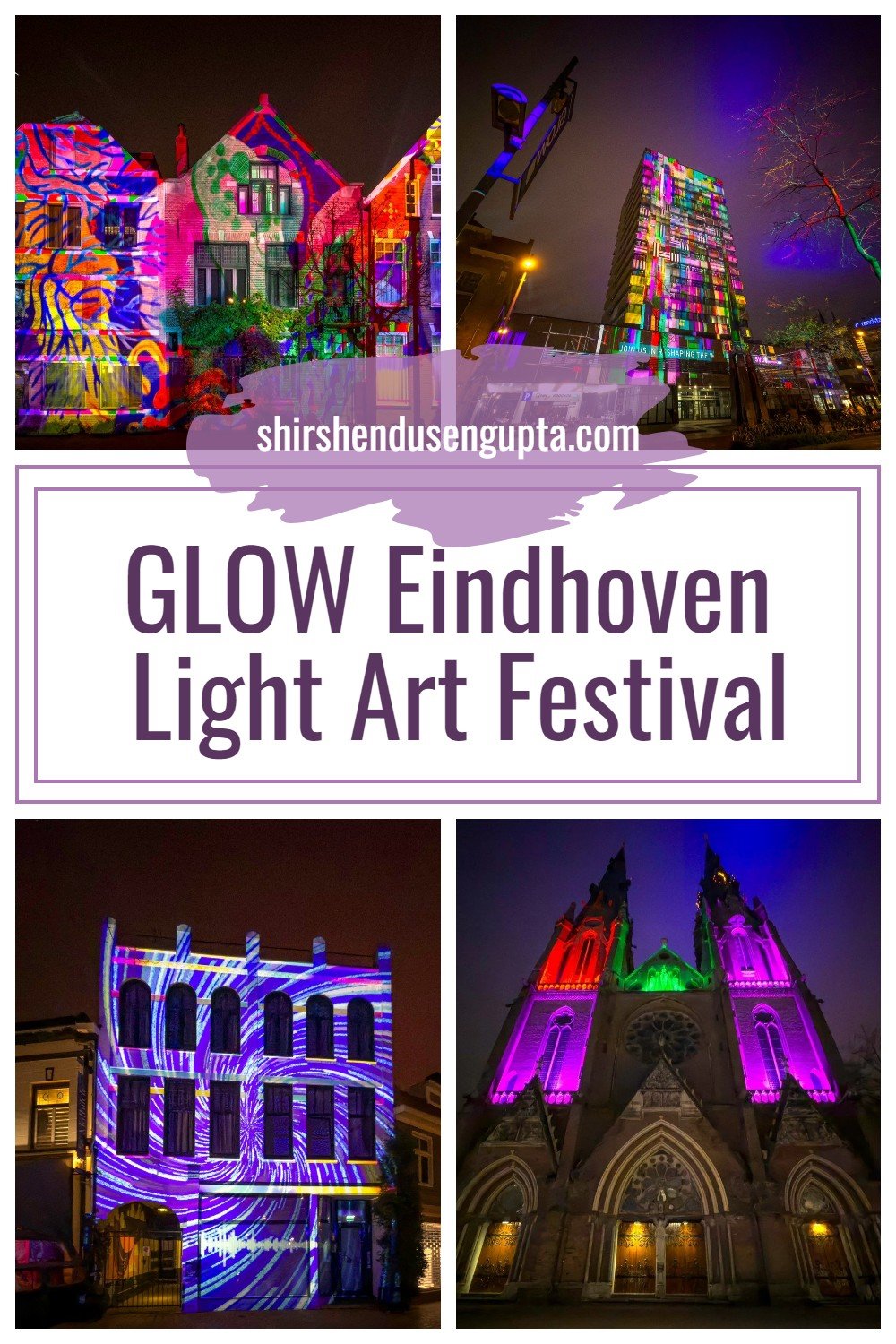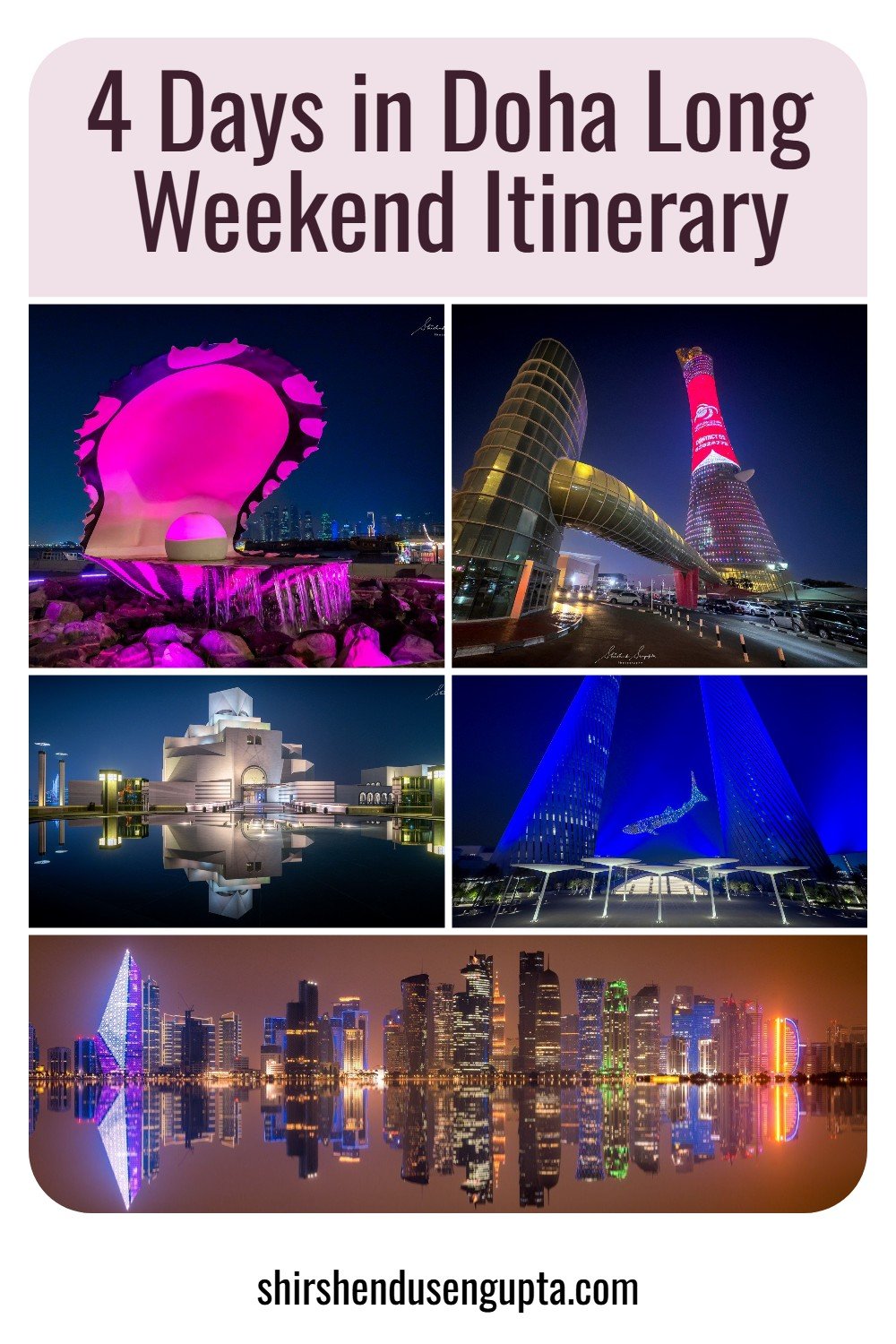One Day in Milan Itinerary | 9 Best Places to Visit and Things to Do in Milan in One Day | Top 9 Must See Tourist Attractions in Milan on a Day Trip
Prologue
During a sun-soaked summer, we set off on a marathon road run, A Summer Escape to Northern-Central Italy and San Marino | A 6000 km Road Trip across Milan, Tuscany, Florence, Pisa, San Marino, and Como from the Netherlands | Travel Itinerary, Tips, and Tricks. From bustling city streets of Milan to charming Tuscan villages, historic Florence, iconic Pisa, the tiny republic of San Marino, and the picturesque towns along Lake Como, every stop offered new adventures, stunning landscapes, and unforgettable experiences. This journey holds a truly special place in our hearts, filled with moments that captured the joy of exploration and the magic of summer travel. So, based on our experience, today I’m going to take you along with me on a ride across the top 9 attractions in Milan that you must visit when on a day trip. Let the journey begin!
Welcome to Milan
Milan is the capital of the Lombardy region in northern Italy and the second most populous city in Italy after Rome. It is the most prosperous manufacturing, commercial, financial, and cultural hub in Italy where life is fast-paced, money does the talking, creativity is a major business, and fashion is an art form!
Milan has a long and fascinating history, including periods under the rule of the Caesars, Napoleon, the Austro-Hungarians, and Mussolini. It also developed into a significant economic and cultural hub after Italy's unification in 1861, a title it still has today. The endlessly creative Milanese appear to have hopped right from the Renaissance into the twentieth century since Leonardo da Vinci defied all conventions with his spectacular Last Supper. Milan is not only a rich trove of 20th-century art, but it is also awash in art deco and rationalist architecture. The largest post-war redevelopment in Italy, spectacular, sustainable architecture, and a futuristic skyline designed by Zaha Hadid, Daniel Libeskind, and Cesar Pelli set the city at the forefront today. The city is also becoming a hub for high-tech businesses, including start-ups galore and household names like Google, Microsoft, Alibaba, and Apple.
A Brief History of Milan
Around 600 BC, the Gauls established the first village on the current site of Milan, which later evolved into the capital of the Insubres, a Celtic tribe. By the time the Romans conquered it in 222 BC, Milan, then known as Mediolanum, had already become one of the most powerful cities in the area known as Cisalpine Gaul (on the Roman side of the Alps). It joined the 11th region of Italy under the rule of the emperor Augustus, rose in status and economic influence, and overtook Rome to become the second-largest city in the Western Roman Empire. Following the division of the empire by Diocletian in the third century AD, it was designated as the principal residence and administrative hub of the empire on the western side. Later, it was designated as the residence of the vicar of Italy by the emperor Constantine I.
The city's history during the Middle Ages was dominated by the conflict between the Guelphs and the Ghibellines, two political factions. Finally, the Visconti family seized control of Milan. The residents of Milan were given more respect when Emperor Wenceslas named the city a duchy in 1395. The Ambrosian Republic was founded in the middle of the 15th century and was named after the city's renowned patron saint, St. Ambrose. Francesco Sforza of the House of Sforza, however, overthrew the republic in Milan in 1450, ushering Milan into its position as one of the key towns of the Italian Renaissance.
Milan, along with the majority of Italian city-states, the Papal States, the Republic of Venice, and later the majority of Western Europe, took part in The Italian Wars, a series of conflicts, from the late 15th century to the mid-16th century. Treaties signed in 1713–1714 granted Austria control of the majority of Spain's Italian territories, including Lombardy and Milan as its capital. Milan was designated as the capital of the Kingdom of Italy after Napoleon's invasion of the country in 1796. The Congress of Vienna restored Austrian rule over Lombardy and Milan in 1815 after Napoleon's occupation was over. On March 18, 1848, the Milanese staged a revolt against Austrian control. The Kingdom of Sardinia joined the insurgents and a vote was held in Lombardy, which decided to unite Milan with Sardinia. On July 24, the Austrians overcame the Sardinians and reclaimed control of Milan and northern Italy. The Italian nationalists drove Austria out of Italy only a few years later, in 1859, with the assistance of Sardinia and France after which Milan along with the rest of Lombardy joined the Kingdom of Sardinia. The city-states and kingdoms were once again unified in 1861 to become the Kingdom of Italy.
Since the country was unified, Milan has dominated northern Italy's commercial landscape. Benito Mussolini first organized the Blackshirts in Milan in 1919, and from there they later launched their March on Rome. Milan was severely destroyed by Allied bombers during World War II. German forces conquered northern Italy when Italy submitted in 1943 and remained there until the war's end in 1945. Mussolini, his mistress, and other officials of his fascist regime were hanged in Milan's Piazzale Loreto after members of the Italian resistance took control of the city. Italy has seen its economy grow significantly since the end of World War II. Milan's population increased from 1.3 million to 1.7 million between 1951 and 1967. Although the city was rebuilt, it experienced a massive wave of street violence, strikes, and political terrorism in the late 1960s and early 1970s. Milan rose to prominence as one of the world's fashion hubs in the 1980s.
One Day in Milan Itinerary
1. Start from ‘The Last Supper’ in Santa Maria Delle Grazie
I would recommend you to start exploring Milan by viewing Leonardo Da Vinci’s iconic ‘The Last Supper,’ which is one of the most well-known paintings in the entire world. This piece of art was commissioned by Ludovico Sforza, Duke of Milan, and created by Da Vinci between 1494 and 1498, depicting Jesus and his disciples having their final meal, on an interior wall of the church monks' dining hall (known as a refectory) in the Santa Maria Delle Grazie church, a UNESCO World Heritage site.
The painting has a long history. Da Vinci painted this massive 15 feet by 29 feet masterpiece using tempera and oil on a gypsum preparation directly on the dry wall. Therefore, it isn't technically a fresco (which’s a painting on wet plaster). But since Leonardo painted on a flimsy and humid external wall, the paint didn't stick to the surface adequately. This means that even before the painting was finished in 1498, it had already started to deteriorate and that it had begun to flake as early as 1517. During the Napoleonic Wars, Napoleon's soldiers used ‘The Last Supper’ for target practice with Jesus' face as the bullseye, thereby severely harming the painting. In August 1943, when the Allies began a significant bombing campaign against Milan and its surroundings during World War II, the refectory's walls and the roof were completely destroyed. Only the wall with the painting miraculously survived, perhaps because it had been fortified with sandbags and mattresses. The painting has been since repainted and retouched several times between 1726 and 1999 to restore it to its original glory.
There are also a lot of curiosities and conspiracy theories around the painting. The most prominent is the idea that John, who is seated next to Jesus on his right (our left), is actually Mary Magdalene, who according to recent claims, was the wife of Jesus Christ though it is not mentioned in any of the four gospels of the New Testament. This theory was furthered in the books ‘The Templar Revelation’ (1997) by Clive Prince and Lynn Picknett, ‘The Holy Blood and the Holy Grail’ (1982) by Michael Baigent, Henry Lincoln, and Richard Leigh as well as the novel ‘The Da Vinci Code’ (2003) by Dan Brown. They maintain that ‘The Last Supper’ is crucial proof of the Roman Catholic Church's cover-up of Christ's true identity. The truth is that these puzzles and mysteries remain unsolved but they also make the painting intriguing to visit.
But you cannot simply turn up to visit the Santa Maria Delle Grazie church for viewing ‘The Last Supper’ as you can do for visiting the Louvre Museum in Paris to view Da Vinci’s Monalisa. You have to book your viewing slot months in advance. When we visited Milan a few years back, we could not get a slot while trying to book even 4 months in advance. Luckily this time we tried booking just a month in advance and got our 15-minute viewing slot at an actually lesser cost as a European Passport holder. When we were there we saw many people who didn’t have a booked slot being returned and told to come back in a month as all viewing slots were booked for a month. Before entering, our bags were kept in a locker and then we were let in for a 15-minute viewing slot into the room that was very dark and hence taking pictures was not easy.
To know more about visiting ‘The Last Supper’ with tips and tricks, please read our article Complete Guide to Visiting Leonardo da Vinci’s ‘The Last Supper’ at Santa Maria Delle Grazie Church in Milan, Italy | Everything You Need to Know to Visit ‘The Last Supper’ | Info, Tips, and Tricks.
2. Marvel at the Basilica of Sant' Ambrogio
Milan is undoubtedly not an exception to the rule that important locations have their own patron saint or protector. One of the most significant figures of the fourth century was St. Ambrose (Sant' Ambrogio in Italian), who served as the city's bishop from 374 to 397. He was well regarded, and the Ambrosian rite, which is a little different from the Roman rite observed everywhere in the world, is still used to celebrate Holy Mass throughout the diocese of Milano. The basilica, originally known as Martyrs Basilica in honor of Christians who died as martyrs during the Roman persecutions and were interred nearby, was commissioned between the years 379 and 386 by St. Ambrose. The name was changed when St. Ambrose himself was laid to rest in the basilica.
The Basilica's exterior is unusual and fascinating. It includes a massive atrium that is about the same size as the entire church and houses a few archaeological remains, and two bell towers made of red brick, one taller than the other. The Stilicho's Sepulchre, a remarkable sarcophagus with ornamented high reliefs, is located inside the Basilica. Three saints' relics can be found in the crypt of the basilica: St. Ambrose, St. Gervase, and St. Protasus. They are all dressed elegantly from head to toe. The oratory of San Vittorio, a chapel constructed before the first basilica, is located near the end of the southern nave. A tiny structure was erected there once upon a time in honor of the local martyr Saint Vittorio that was added to the basilica during its construction.
3. Walk further to the Tempio della Vittoria (Temple of Victory)
Just a 1-minute walk from the Basilica of Sant' Ambrogio is the Tempio della Vittoria. The Tempio della Vittoria (Temple of Victory), also referred to as the Memorial to Fallen Milanese Soldiers, honors Milanese servicemen who lost their lives in the First World War. It was constructed between 1927 and 1930 under the direction of architect Giovanni Muzio with the help of Alberto Alpago Novello, Tomaso Buzzi, Ottavio Cabiati, and Gio Ponti. According to tradition, the memorial is situated on the spot where the early Christian martyrs' cemetery once stood, and to which the First World War's martyred warriors are related.
On November 4, 1928, a grand ceremony was held to officially dedicate the monument. Prince Emanuele Filiberto, Duke of Aosta and commander of the Italian Third Army during the First World War, read the text of the Victory Bulletin to the large audience in attendance, which was primarily made up of veterans from 1918. The monument was severely damaged during Milan's fierce bombings in 1943 and was reconstructed after the war. It was enlarged in 1973 to include a sizable memorial created by Mario Baccini that sprawls across three underground levels and contains 10,000 names of fallen troops. A tomb inside also houses the remains of the fallen Milanese.
4. Visit the San Maurizio church
Milan's undiscovered crown jewel is this former Benedictine convent and royal chapel from the sixteenth century. Its relatively sober exterior conceals a stunning interior that is decorated in beautiful paintings, the majority of which were painted by Bernardino Luini, a collaborator of Leonardo da Vinci. The influential Milanese writer Ippolita Sforza and other members of the Sforza and Bentivoglio clans, who funded the chapel's embellishment, are memorialized in a number of murals. The single, long, rectangular nave of this church is divided into two sections by a separating wall, with the outer section allocated for laymen and the enclosure used by the cloistered nuns to attend Holy Mass. A beautiful organ from 1554 that is still in use may be found in the nun's enclosure.
5. Wander through the Sforzesco Castle Complex and the Sempione Park
The famous red-brick Castello Sforzesco (Sforzesco Castle), was initially constructed by the Visconti family in the 14th century, and eventually served as the residence of the powerful Sforza dynasty, which governed Renaissance Milan in the 15th century. The genius Da Vinci built the castle's defenses; Napoleon later drained the moat and took down the drawbridges.
Currently, the Sforzesco Castle is home to seven specialized museums that bring together fascinating tidbits of Milan's cultural and municipal past. The Rondanini Pietà Museum, the final creation of Michelangelo, the Sala delle Asse, a painting by Leonardo da Vinci, the Collections of Ancient Art, which primarily consist of Lombard sculptures from the V to the VI centuries, and those of Applied Arts, which rank among the most renowned in the world, are all located inside the castle. The Pinacoteca houses artwork from the Lombard, Venetian, and Flemish schools created between 1400 and 1800, and one of the most significant musical instrument museums in Europe is located there. The castle also houses the Trivulziana Library, the Art Library, the Achille Bertarelli Collection of Prints, the Civic Photographic Archive, the Drawing Cabinet, the Numismatic Cabinet, and Medagliere.
Located right next to the castle is Parco Sempione, the largest park in Milan which was created to resemble an English garden. This park has a nice combination of shady walking pathways and bright, grassy areas ideal for lying on, and it bursts with colors during the spring bloom.
6. Explore the Brera Neighborhood
The city's bohemian-style cultural quarter, Brera, is home to numerous galleries, studios for craftspeople, and small stores that provide supplies for artists. Brera has been compared to Paris's Montmartre district because of its cobblestone alleyways. There are other significant cultural institutions there, like the Pinacoteco di Brera, the Braidense National Library, and the Museo Astronomico. The Brera District, however, is a stunning, historic neighborhood that offers some of the city's top pubs and restaurants, beautiful architecture, and shopping, of course, in addition to the area's unequaled art culture. Spend some time just exploring this beautiful, old neighborhood and getting lost.
7. Visit the Piazza della Scala
After Piazza del Duomo, where the iconic Duomo di Milano (Milan Cathedral) is located, Piazza della Scala is the second-most well-known and significant plaza in Milan. This square has historical significance on all sides. The famous Galleria Vittorio Emanuele II shopping center is on the first side of the square, the Teatro alla Scala, Milan's most renowned opera house, is on the second, the Palazzo della Banca Commerciale Italiana, one of Italy's oldest banks, is on the third, Milan's city hall, the Palazzo Marino, is on the fourth, and the statue of Leonardo da Vinci is in the middle.
8. Step inside the Galleria Vittorio Emanuele II - the Oldest Shopping Mall in the World
The Galleria Vittorio Emanuele II, built between 1865 and 1877 by celebrated architect Giuseppe Mengoni, is the oldest shopping mall in the world, and it has kept its luster by being exquisitely decorated with mosaics and caryatids around windows and balconies. The famous Camparino bar and the renowned Bocca art bookstore, which has been located in the Galleria since 1930 and has had a significant cultural impact on the city since the nineteenth century, are contrasted with the luxury brand stores in the arcade that are required to display their business signs in accordance with the original style, which calls for retro gold text on a black backdrop. The Galleria, with its innovative and forward-thinking steel and glass roof, served as an inspiration for numerous other buildings of a similar nature, both domestically (the Galleria Umberto I in Naples) and internationally (the Toronto Eaton Centre and the Houston and Dallas Galleries). It's argued that the materials and style of the Milanese Galleria had an influence on the Eiffel Tower.
The Galleria is a popular place to meander through and is a gateway to the city's heart, which the Milanese feel deeply. In this magnificent covered arcade that connects the Duomo to Teatro alla Scala, lingering and mingling with others is unquestionably expected. It was intended as a porticoed gateway, but it quickly developed into a showcase for upscale store owners, the location for a leisurely stroll while mingling with others, and the spot for an aperitif or a casual dinner after the opera. And don’t forget to invoke good luck by spinning your heel three times over the bull's testicles in the mosaic (which represents the Turin coat of arms) on the floor of the magnificent central octagon of the gallery after doing a little shopping, enjoying a coffee, or dining on traditional Milanese risotto at the tables beneath the vault.
9. Visit the iconic Milan Cathedral, its Terrace, Crypt, and Baptistry
Milan's grandiose Gothic cathedral Il Duomo di Milano (commonly known as Milan Cathedral) built out of pink Candoglia marble over 600 years is an accurate reflection of the city's imagination and aspirations and hence acts as a symbol of the city. With a lavish size of 302 feet (92 meters) in width, 515 feet (157 meters) in length, 356 feet (108.5 meters) in height, and 40000 in capacity, adorned with 135 spires and 3400 figures like the filigree of a fairy-tale tiara, this monumental piece of architecture is the third-largest cathedral in the world and an exemplary icon of Gothic architecture. The interior of the cathedral is equally spectacular as its exterior. Five large aisles run from the entryway to the altar inside the roomy interior. The nave is dominated by large stone pillars. A significant amount of statuary, 3,159 figures, 2,245 of which are on the exterior, is housed in the walls and niches. A figure of the Madonnina (Little Madonna), the city's traditional protector and the most well-known effigy of the cathedral, made of gilded copper coated in 3,900 pieces of gold leaves serves as the crown of the tallest spire.
The Basilica of Sant' Ambrogio once stood on the land where the Cathedral is now located. The Basilica di Santa Tecla was built close to the original church in 838, but both structures were destroyed by fire in 1075. A few centuries later, Giangaleazzo Visconti, the Duke of Milan started work on the cathedral in 1386 at the same spot, although it wasn't first thought to be practical. Canals had to be dug to carry the massive amounts of marble to the city's center, and new technology had to be developed to handle the unprecedented scale. As the years, then centuries passed, the Gothic lines underwent a variety of transformations as they fell out of favor and were deemed "too French." Because of how slowly it was built, the Milanese dialect's "Lungh 'me la fabrica del domm" (meaning "Long as the work on the Duomo") came to symbolize an endless effort. As the final touches were added in the 1960s, the end result was a remarkable and distinctive piece of architecture that combined the Lombard Romanesque and international Gothic styles.
The Duomo is also the world's biggest Gothic structure whose rooftop is accessible by foot. The countless marble spires and pinnacles that adorn the rooftop provide a breathtaking perspective of the landscape of the city and the distant mountains. Along with that, I advise you to also visit the crypt, inside the Chapel of Saint Charles Borromeo which is where his remains are interred and the archaeological ruins beneath the Duomo to witness what's left of the Basilica di Santa Tecla and the ruins of a fourth-century Christian baptistry (where, according to legend, Saint Ambrose baptized Saint Augustin in 387). One of the most priceless items kept in the Duomo is a nail purported from Christ's Crucifixion, and it is located in the dome behind the altar. On the Saturday closest to September 14th, it is only open to the public once a year.
Visiting Milan
Best Time to Visit: The best time to visit Milan is during spring (April to June) or early fall (September to October). These months feature mild weather, making it pleasant to explore the city’s outdoor attractions. Milan Fashion Weeks in February/March (autumn/winter collections) and September (spring/summer collections) are great for fashion enthusiasts, though the city will be busier and pricier during these times. However, like us, if you can travel only during the school holidays you can choose to travel to Milan in the summer (July to August) but it can be very hot and overcrowded.
Number of Days to Stay: Plan to spend 1 to 2 days in Milan. This allows you to visit the key highlights mentioned in the article, with some time for shopping and dining.
Best Place to Stay: Staying in the City Center (Centro Storico), close to the Duomo, shopping areas, and restaurants is great for first-time visitors. You can also choose to stay in the trendy and artistic Brera neighborhood with boutique shops and restaurants, the vibrant canalside Navigli area with great nightlife, or the modern and upscale Porta Nuova/Isola area near business districts and nightlife.
Best Way to Arrive: The best way to arrive at Milan is by air via the international Malpensa Airport or the domestic (and intra-Europe) Linate Airport. Milano Centrale train station is a major hub with high-speed connections to other Italian and European cities like Venice, Rome, and Paris. Milan is also well-connected by highways, but driving and parking in the city can be challenging. Despite that, whenever we travel to Italy we drive to Milan from the Netherlands in our own car.
Best Local Mode of Conveyance: Milan’s metro system is efficient and covers all major attractions. The urban transport system also includes buses and trams. Walking is the best way to explore the central areas like the Duomo, Brera, and Navigli. Taxis/ride-sharing are available but more expensive. Apps like Free Now or Uber operate in Milan. Also, bike-sharing services like BikeMi are available in Milan which’s a great way to explore the city at your own pace.
Epilogue
So that brings us to the end of our journey across the 9 best places to visit and things to do in Milan in one day. Please let us know in the comments below if you enjoyed reading this article.
And if you want to read the day-by-day account of our 6000 km road run across Northern-Central Italy during summer, please visit our article A Summer Escape to Northern-Central Italy and San Marino | A 6000 km Road Trip across Milan, Tuscany, Florence, Pisa, San Marino, and Como from the Netherlands | Travel Itinerary, Tips, and Tricks. Until then, merry traveling and happy shooting!
Pin the article
Bookmark the article for reading later!
Want to license/buy photos in the article?
License photos for commercial/editorial use or buy photo prints!
Want us to write an article for you?
Articles for magazines, newspapers, and websites!
Watch our Videos
Check out our videos on our Youtube Channel!
Join the Newsletter
Get updates on our latest articles!
We respect your privacy. Read our policy here.









